As my local club in northern Virginia prepares for the March Virginia QSO Party many questions are asked about how best to take full advantage of Near Vertical Incident Skywave (NVIS) communications so critical to maximizing contacts on HF within the state.
In particular one member has a magnificent full wave 160 meter loop up around 50 feet or so. He is contemplating using it for NVIS on 80 meters. He desires to lower it to about 15 feet to improve the NVIS characteristics.
It is true lowering a dipole will focus more energy straight up while reducing the energy towards the horizon. This is a tried and true technique on 80 and sometimes 40 meter NVIS and offers a potential added benefit of less sensitivity to far away thunderstorm noise. This is a method of diminishing returns; Lowering the antenna favors the sky more, but the overall gain is reduced. In other words, less signal is focused in a better NVIS favoring pattern.
Full wave loops are quite different as this EZNEC simulation suggests. Here is a simple four sided loop with 128 foot sides and fed near one corner – just like my friend’s 160 meter loop.
It is possible almost any antenna sends a little energy towards the sky for NVIS communications, but to fully take advantage of this capability, your antenna design should flood the sky with energy including straight up. This will ensure all possible angles of refraction/reflection are covered.
It seems clear from this very basic, but perfectly reasonable, EZNEC simulation a full wave 160 meter loop running in the 80 meter band is a good antenna for DX work, but leaves much to be desired for NVIS even if you lower it towards the ground like you do with a dipole. At 40 meters NVIS performance is even worse, but WOW the DX capabilities are nice even while the azimuth pattern is a four lobed cloverleaf restricting this nice low-angle gain to four general directions.
The proof of a 160 meter full wave loop antenna’s DX performance is highlighted by my friend’s achievement with his; He just finished 80 meter WAS… Phone… QRP… using, in part, this antenna. Wow.
…But I want NVIS
The practical solution is to keep your 160 meter antenna where it is and add a new simple 80 meter dipole 50 feet or less in height. This pair will team up nicely to get you want you need for 80 meter NVIS in addition to DX capabilities. Keep the 80 meter dipole well away from the 160 meter loop.
The sister web site to Ham Help Desk published several simulations of dipole discussing 40 meters and NVIS at…
Dipoles that are not too high are a quick answer for NVIS.
Other Techniques
Quadrature feeding two orthogonal dipoles, as discussed elsewhere on Ham Help Desk, yields circular and selectable polarization. This technique leverages what the ionosphere sounding folks use to probe the ionosphere at HF frequencies. This is what I am trying this year for the Virginia QSO Party. We will see how well it works.
Conclusion:
Big Full Wave Loops provide good NVIS at their native full wave frequency, but become more like DX antennas at higher frequencies. Loop antennas provide impressive performance at higher frequencies and are, thus, a great no fuss and simple antenna. However, other than the base full wave frequency, this antenna is less than ideal for NVIS above its base full wave frequency.
The above EZNEC plots detail the difference in gain you can expect with the loop antenna at different heights. For loops it seems higher is better. Other expensive improvements include laying a network of ground wires in a crisscross pattern underneath the loop. The simulations for this are not shown, but do reveal a real benefit in the total energy performance. I don’t have an unlimited supply of wire… do you? We will try to stick with the more practical antennas here at Ham Help Desk.
If 80 meters NVIS is your goal, consider a dipole or a full wave 80 meter loop rather than a 160 meter loop.




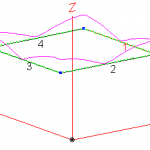

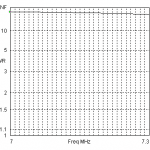
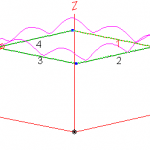



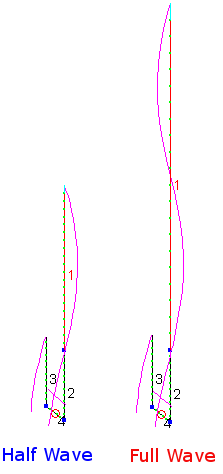

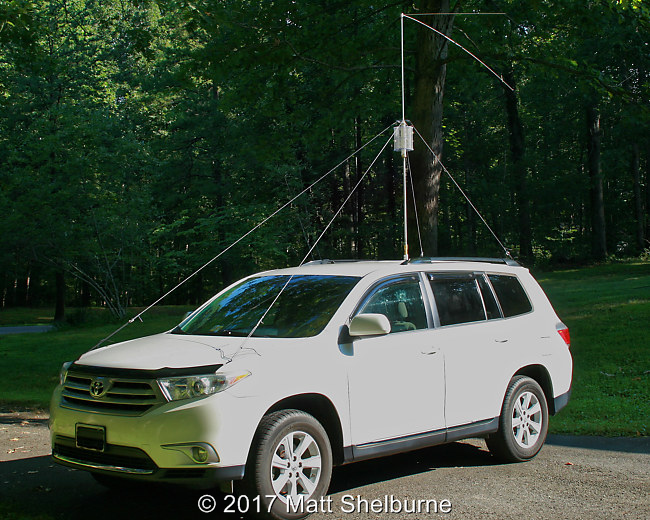



My 160M loop is tuned a bit lower than the simulation, it's 543' overall, and tunes at more like 3.65MHz. As a result, fed with a random length of 450ohm window line it tunes up fine on 40M, as well as 20M (where it's proven quite effective for DX work) and 15M (where I havn't given it a chance to demonstrate its effectiveness or lack thereof).
73, Ross AJ4LL